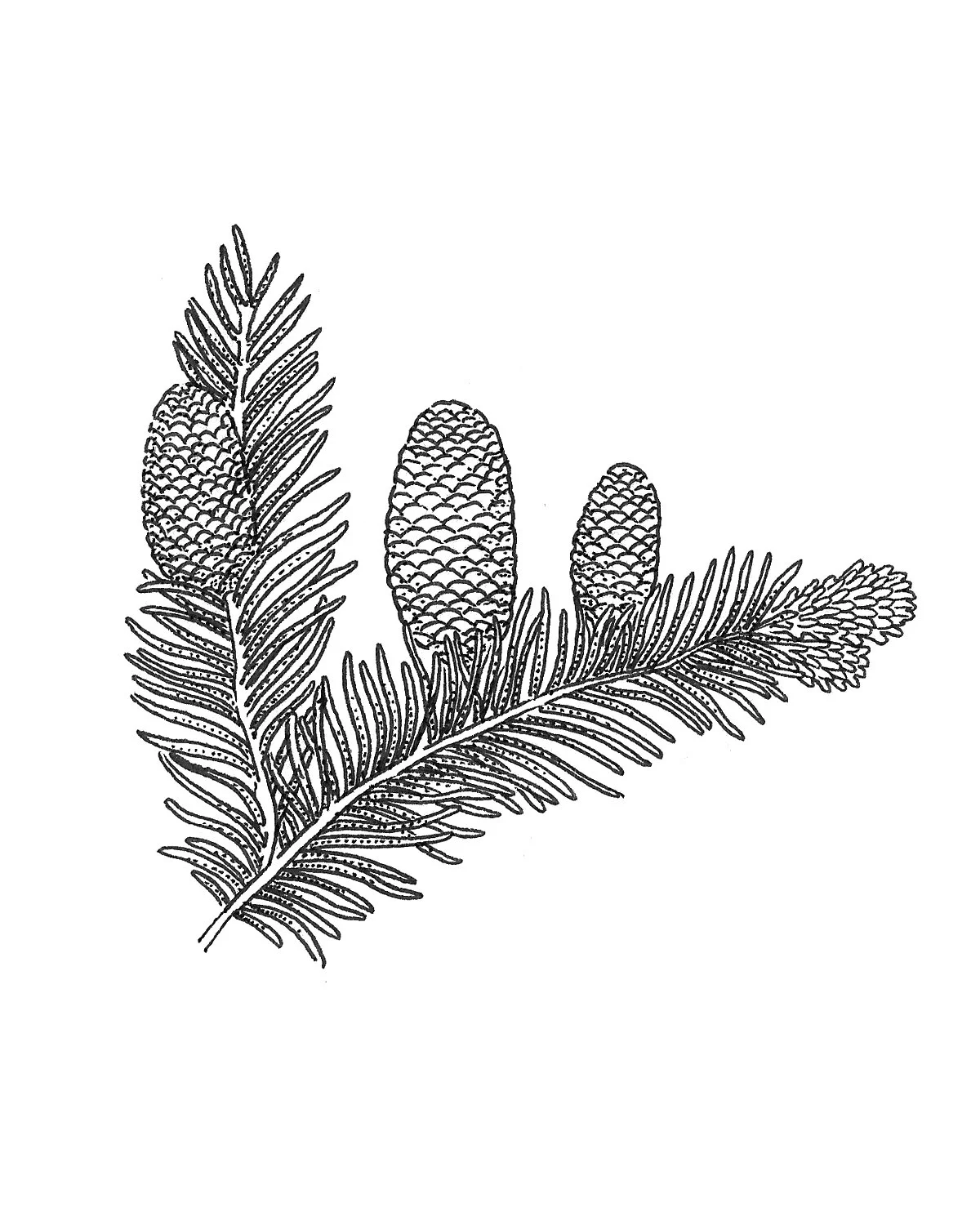Mountain Top Arboretum is a sanctuary for trees and the plant communities associated with them. The Arboretum features 35 different species of trees native to the Catskill Park. 25 of those species are naturally occurring. A Native Tree Trail winds through the Arboretum’s diverse plantings and natural habitats to highlight most of these trees.
Catalog of CATSKILLS native Tree species FEATURED AT MOUNTAIN TOP ARBORETUM
Leaf Drawings by Thorneater
Tree Descriptions by Alexandra Prince
click on an image to get more information
Other Catskill tree species on Arboretum property but not accessible via trails:
MOUNTAIN MAPLE (Acer spicatum)
AMERICAN ELM (Ulmus americana)
What do we mean by Native?
We like to use the definition of Native that Rick Darke and Doug Tallamy use in their book The Living Landscape— “a plant or animal that has evolved in a given place over a period of time sufficient to develop complex and essential relationships with the physical environment and other organisms in a given ecological community.”
In determining the area of the Catskills, we employ the “Blue Line,” a boundary line established by New York State in 1904 to create Catskill Park. This is obviously an arbitrary line, but nonetheless helps us focus on trees that naturally occur in our region.
A Word about Latin Names:
Though at first Latin names might be jarring to our eyes on paper and to our ears when heard, horticulturists and scientists use Latin names when referring to plants because it’s easier to communicate the plant being described. Across regions and around the world, many different common names are used to describe the same species of plant. And a common name used for a plant species in New York might refer to a completely different plant species in Virginia. Using Latin names makes it easier to discuss plants because a Latin name can only refer to one species. As evolutionary botanists discover new species and discover new relations between plants, Latin names change too. So neither system is perfect… use whichever works best for you. Or don't worry about the name, and just experience the tree.































